Discover Pandipedia
Pandipedia is the world's first encyclopaedia of machine generated content approved by humans. You can contribute by simply searching and clicking/tapping on "Add To Pandipedia" in the answer you like. Learn More
Expand the world's knowledge as you search and help others. Go you!
Let's look at alternatives:
- Modify the query.
- Start a new thread.
- Remove sources (if manually added).
- Request a manual search from our human research team.
Seth Troxler
A tech-house legend known for his deep, emotive grooves and energetic performances, he has significantly impacted the genre with tracks like 'Love Never Sleeps' and 'CZ'[1].
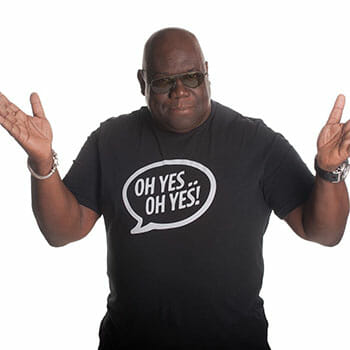
Mihalis Safras
An emerging force in tech-house from Greece, recognized for his pulsating rhythms and innovative tracks such as 'There Is A Place'[1].

Hernán Cattáneo
Known as the 'King of Progressive House', he blends emotive melodies with intricate percussion, influencing the tech-house scene for over two decades[1].
Mark Knight
Founder of Toolroom Records and a powerhouse in tech-house, known for his compelling sonic experiences and Grammy-nominated works[1].


Black Coffee
An influential DJ and producer who gained fame for his extended DJ sets and collaboration with Drake, known for tracks like 'Drive'[2].

David Penn
A prominent figure in house music, known for his chart-topping tracks and energetic sets[2].

Purple Disco Machine
A German DJ and producer whose track 'My House' became a major hit, making significant contributions to house music[2].



Dennis Quin
A talented DJ known for blending contemporary sound with timeless beats, consistently ranking in Beatport's top charts[2].




Kevin McKay
An experienced DJ whose music consistently ranks well on Beatport, known for his work with Glasgow Underground[2].

Ferreck Dawn
A producer who has achieved major success on Beatport charts and is recognized for his contributions to the house genre[2].

Benny Benassi
An iconic figure in dance music with a legacy of influential tracks like 'Cinema', contributing to the evolution of house music[2].

Alaia & Gallo
An Italian DJ duo known for their refreshing house beats and early hits like 'Beat of The Drum'[2].
Let's look at alternatives:
- Modify the query.
- Start a new thread.
- Remove sources (if manually added).
- Request a manual search from our human research team.
Get more accurate answers with Super Search, upload files, personalised discovery feed, save searches and contribute to the PandiPedia.

Recent trends in wearable tech highlight a shift towards more sophisticated health monitoring capabilities. Developments include devices that move beyond basic health metrics to provide actionable insights, such as detecting conditions like sleep apnea and hypertension, and focusing increasingly on women's health[1][3][6].
Artificial Intelligence is gaining traction, and its integration into wearables promises improved health tracking and personalized insights[6]. Additionally, innovations in smart rings, such as the anticipated Samsung Galaxy Ring and upgraded Oura Ring, indicate a push towards sleek, discrete devices that monitor various health parameters[2][4][6]. As demand for effective health management tools rises, the importance of seamless integration with other technologies also becomes evident[4].
Let's look at alternatives:
- Modify the query.
- Start a new thread.
- Remove sources (if manually added).
- Request a manual search from our human research team.

A MADA, or Mobile Application Distribution Agreement, is a licensing arrangement that enables Original Equipment Manufacturers (OEMs) to license a set of Google Mobile Services. It allows for access to a suite of applications and includes some placement requirements, providing users with a consistent navigation experience across devices. Additionally, it ensures that developers have a reliable set of APIs for writing Android applications and provides access to the Google Play Store for application updates and distribution[1][2].
Let's look at alternatives:
- Modify the query.
- Start a new thread.
- Remove sources (if manually added).
- Request a manual search from our human research team.
George Washington
Commander in Chief of the Continental Army who led American forces to victory in the Revolutionary War and became the first President of the United States[1][3].
Thomas Jefferson
Principal author of the Declaration of Independence and third President of the United States; a key proponent of individual liberties and democracy[3][4].
Benjamin Franklin
Founding Father and diplomat who played a critical role in securing French support during the Revolutionary War and helped draft the Declaration of Independence[1][3][4].
John Adams
Influential advocate for independence, member of the Committee of Five that drafted the Declaration, and the second President of the United States[1][3][5].
Alexander Hamilton
Founding Father who served as an aide to Washington and was the first Secretary of the Treasury; co-author of the Federalist Papers[1][3][4].
Samuel Adams
Leader of the Sons of Liberty and a key figure in events leading up to the Revolution, including the Boston Tea Party[3][4][5].
Marquis de Lafayette
French military officer who supported the American cause and became a major general in the Continental Army[1][3][4][5].
James Madison
Author of the Constitution and the Bill of Rights, and the fourth President of the United States[1][3].
Crispus Attucks
Considered the first American casualty of the Revolutionary War, he was killed during the Boston Massacre[1][3][4].
Paul Revere
Silversmith and patriot known for his midnight ride to alert colonists of British troop movements[1][2][3].
Benedict Arnold
Initially a hero of the Revolution, he is infamous for his later betrayal when he attempted to surrender West Point to the British[1][3][5].
Nathanael Greene
Highly regarded officer and strategist in the Continental Army, known for his leadership in the Southern theater of the war[1][5].
General Charles Cornwallis
British general whose surrender at Yorktown effectively ended the Revolutionary War[1][3][5].
Thomas Paine
Political activist and author of the influential pamphlet 'Common Sense,' advocating for American independence[1][3][4].
Margaret Corbin
Patriot who took over a cannon during battle after her husband was killed, later awarded a military pension[1][3].

John Laurens
Aide to Washington who advocated for the enlistment of slaves in exchange for their freedom[1][3][4].
Mary Ludwig Hays (Molly Pitcher)
Recognized for her role in bringing water to troops and taking over her husband's cannon during battle[3][4][5].
Robert Morris
Financier of the American Revolution who played a crucial role in stabilizing the Continental Army’s funding[5].
Let's look at alternatives:
- Modify the query.
- Start a new thread.
- Remove sources (if manually added).
- Request a manual search from our human research team.

Under-Shelf Baskets
Install under-shelf baskets in cabinets or pantries to create additional storage for snacks, baking pans, or canned goods[7].

Over-the-Door Organizers
Use the back of doors for additional storage by installing hooks or shelves. This can be perfect for organizing cleaning supplies, hats, or bags[9].

Cereal Box Organizers
Upcycle cereal boxes to create compartments for magazines, mail, or office supplies. This pragmatic approach helps keep paperwork sorted without buying expensive organizers[8].
Mason Jars
Use mason jars to store smaller items such as cotton balls, makeup brushes, or sewing supplies. They make it easy to see what you have and keep items readily accessible[8].

Tissue Boxes for Trash Bags
Store plastic trash bags in an empty tissue box for easy access and neat storage[8].
Storage Ottomans
Utilize ottomans with lift-off lids to store items like games, blankets, or seasonal decor. They serve dual purposes as storage and seating[7].

Coffee Tables with Shelves
Opt for coffee tables that include bottom shelves to store books, magazines, or decorative items[7].

Under-bed Storage
Use rolling bins or boxes to keep seasonal clothing or shoes out of sight under your bed, freeing up valuable closet space[7].
Spice Racks
Install magnetic spice containers on the inside of cabinet doors or use a pegboard to keep spices visible and accessible[9].

Appliance Garage
Create a dedicated space to store everyday appliances like toasters and blenders, keeping countertops clear[4].


DIY Pegboard Wall
Create a pegboard wall in your garage or office to keep tools or crafting supplies organized and visible[7].
Wall Hooks
Install hooks for storing pots, pans, or even craft supplies. This utilizes vertical space creatively and keeps frequently used items at hand[5].

Laundry Hamper with Compartments
Designate a two-compartment hamper to separate darks and lights, making laundry days easier[1].

Magnetic Containers
Perfect for small items that need to be easily accessible without taking up counter space.
Let's look at alternatives:
- Modify the query.
- Start a new thread.
- Remove sources (if manually added).
- Request a manual search from our human research team.
Get more accurate answers with Super Search, upload files, personalised discovery feed, save searches and contribute to the PandiPedia.
Yes, text ads resemble organic listings. According to the document, text ads add value on top of organic listings because the ad's message is determined by the advertiser, whereas the organic listings' snippet is determined by Google.
Moreover, control over appearing on the search engine results page is stronger for text ads, as advertisers can bid high to ensure visibility, unlike organic results where control is weaker and depends on search engine optimization efforts that take weeks or months.
Let's look at alternatives:
- Modify the query.
- Start a new thread.
- Remove sources (if manually added).
- Request a manual search from our human research team.

Satire is a complex literary form that employs humor, irony, and exaggeration to critique and expose societal flaws, individual vices, and political absurdities. Crafting effective satire requires a nuanced understanding of various techniques and elements that resonate with audiences.
The Purpose of Satire
At its core, satire aims to critique and provoke thought regarding human behavior and societal norms. It is not just about laughter; its ultimate goal is to instigate reflection and promote change[4]. As one source notes, 'Satire fundamentally aims to expose and critique the flaws, faults, and shortcomings of its subjects, which could range from individuals and organizations to broader societal norms”[3].
Key Techniques in Satire
Irony
Irony is one of the most fundamental elements of satire, wherein the expression of one meaning is contrasted with its opposite. This contrast highlights absurdities and flaws in the subject matter being addressed. For example, verbal irony occurs when what is said is at odds with the intended meaning, enhancing the satirical tone[5][6]. This layered quality makes readers reflect on deeper implications rather than taking statements at face value.
Exaggeration and Hyperbole
Exaggeration, or hyperbole, serves as a powerful tool within satire, amplifying certain characteristics or situations to the point of absurdity. This emphasis invites audiences to recognize the unreal nature of particular societal behaviors or norms. As articulated in various sources, “Hyperbole is an exaggeration of an idea for the sake of emphasis”[6] and can significantly enhance the comedic and critical impact of the satirical work.
Mockery and Caricature
Satire often involves mocking characteristics or behaviors that are deemed unjust, inefficient, or absurd. This mockery can manifest through caricature, where an exaggerated representation of physical features or mannerisms highlights flaws of the subject[7]. “Mockery of a characteristic when the author pretends to agree with it” can be an effective way to underscore the absurdities being critiqued[6].
Subtlety and Satirical Tone
Choosing the appropriate tone is essential in successful satire. This involves balancing humor with insight, resulting in a narrative that is both engaging and thought-provoking. Subtlety allows the author to present a critique without being overly direct, prompting readers to actively engage with the material and draw their own conclusions[2][4][8]. The tone can range from light-hearted (Horatian satire) to more biting and caustic (Juvenalian satire) depending on the intended impact[9].
Juxtaposition and Incongruity
Juxtaposing contrasting ideas, characters, or scenarios can heighten the humor and critical observations in satire. This technique aims to illuminate the absurdity of a situation by placing familiar and unfamiliar elements side by side. The notion of incongruity underscores how certain events or attitudes clash with logical expectations, thus exposing societal flaws[5][7].
Themes Commonly Explored in Satire
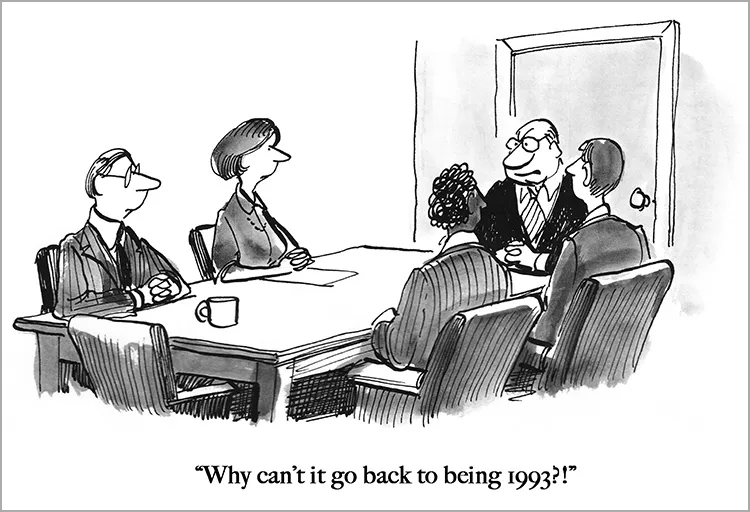
Satirical works often tackle societal issues such as politics, culture, and human behavior. By focusing on these areas, satire creates a critique that resonates with contemporary audiences. “The best satire will mix elements of humor with wisdom in order to create insightful yet entertaining content that leaves readers having thought deeply about an important topic”[8].
Audience Awareness
An understanding of the target audience is critical to the effectiveness of satire. The tone and techniques should be aligned with the audience's comprehension and sensibilities; otherwise, the intended message may be lost or misinterpreted. Authors must be cognizant of how humor can vary in reception and impact, ensuring clarity in their satirical portrayals[7][8][9].
The Importance of Context
Satire thrives on timely and relevant themes that resonate with current events or enduring societal dilemmas. Choosing familiar contexts allows satirists to create clear connections with their commentary, enhancing the overall impact. Writers should familiarize themselves with both historical and contemporary narratives to craft satire that is culturally and politically relevant[6][8][9].
Examples of Successful Satire
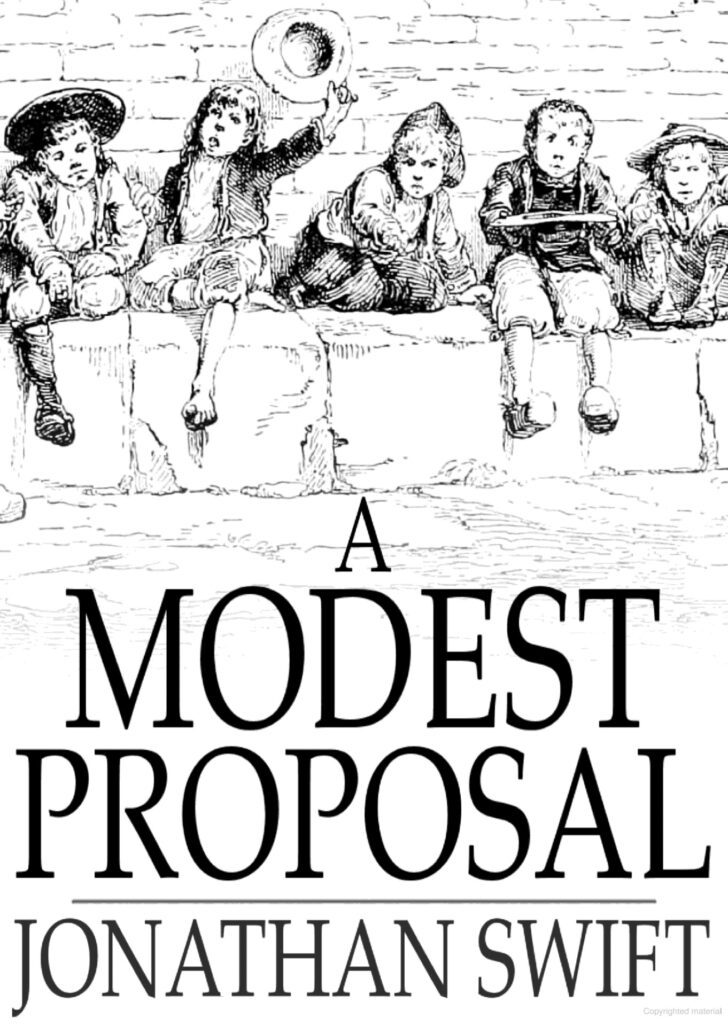
Notable examples of effective satire illustrate the techniques discussed. Jonathan Swift’s 'A Modest Proposal' uses hyperbole and irony to criticize British policy towards the Irish by suggesting that impoverished families sell their children as food—a clearly absurd proposition that illuminates real societal indifference[4][9]. Similarly, George Orwell's 'Animal Farm' presents political satire through allegory, employing animals to mirror the failures of totalitarian regimes and their oppressive tactics in a way that is both humorous and thought-provoking[8][9].
Conclusion
Crafting successful satire involves a careful interplay of humor, irony, and critical insight. By employing techniques such as exaggeration, juxtaposition, and irony, writers can highlight societal absurdities and provoke meaningful reflection among their audiences. Understanding the audience and maintaining clarity amid humor are crucial for delivering impactful satirical messages that resonate both culturally and politically. Through careful construction and awareness, satire can stand as a significant form of social commentary, encouraging readers to question the status quo and consider alternative perspectives.
Let's look at alternatives:
- Modify the query.
- Start a new thread.
- Remove sources (if manually added).
- Request a manual search from our human research team.

City locations are determined by a confluence of various factors that range from geographical conditions to economic considerations. Understanding these influences helps to clarify urban development patterns across different regions. Below are the primary factors that play a crucial role in determining where cities are established and how they evolve over time.
Geographical Factors
Natural Resources and Climate
Natural resources, climate, and topography are fundamental to urban development. Coastal areas, for example, often emerge as significant trade hubs due to their proximity to bodies of water, which facilitates shipping and industry. In contrast, inland regions typically support more rural lifestyles reliant on agriculture, owing to limited access and trade opportunities compared to coastal cities[1]. The availability of natural resources also shapes a city’s economic activities, with areas rich in minerals fostering mining or agribusiness, depending on agricultural conditions[1].
Site and Situation

The physical characteristics of a location, referred to as site factors, play an important role. Elements like proximity to water sources, quality of soil, and elevation significantly influence city development. For example, cities located near rivers or coastal areas often thrive due to the economic activities that these features can support[4]. In turn, situation factors involve a city's geographical relationship with other areas. Strategic locations can enhance accessibility and connectivity, vital for trade and growth. New York City's location at the mouth of the Hudson River is a classic example, as this situational advantage spurred its extensive economic and demographic growth[3].
Economic Considerations
Connectivity and Trade
Cities frequently emerge in positions where multiple transportation networks intersect. This connectivity enhances a city’s role as a trade center, facilitating commerce and the movement of goods. Cities such as Chicago and Los Angeles are prime examples, having developed around these critical junctions of transportation routes[3]. Moreover, urban locations often correlate with economic activities; cities benefit from being centrally located to market areas, allowing businesses to serve surrounding populations effectively[2].
Resource Distribution
The distribution of resources includes not only natural resources but also labor and capital. Economic structures in cities are largely influenced by local resource availability, which, when combined with favorable climates, leads to specific industries taking root. For instance, cities began to form based on industrial needs for raw materials and energy resources during and after the industrial revolution[2][5]. Moreover, agglomeration economies—the benefits that accrue to firms and individuals from locating near each other—further enhance the vibrancy of urban centers, promoting growth and specialization within areas[5].
Historical and Social Elements
Defense and Security
Historically, the need for defense influenced the choice of city locations. Many ancient cities were established in places that provided natural defensive advantages, such as elevated positions or being surrounded by water. As a result, places like Paris and Athens grew due to their defensible sites[3]. Security concerns also shaped city growth patterns, as well-protected areas attracted settlements and commerce, ultimately leading to their development into major urban centers.
Cultural and Religious Considerations
Cultural and religious factors have also played significant roles in city formation. Many cities, such as Mecca and Jerusalem, were established around religious centers, drawing followers and becoming pivotal urban locations due to their spiritual significance[3]. This attachment to cultural heritage continues to influence urban geography today, often leading to a concentration of population and economic activity around historically important sites.
Conclusion

The location and growth of cities are influenced by intricate interrelations among various factors, including geographical, economic, historical, and social considerations. Connectivity to transportation networks, resource availability, and market access are paramount in shaping urban areas. Furthermore, the natural physical environment and historical contingencies significantly influence the development of cities, underlining the complexity of urbanization processes across different regions. Collectively, these factors define not only the locations of cities but also their evolution over time, demonstrating the dynamic nature of urban geography.
Let's look at alternatives:
- Modify the query.
- Start a new thread.
- Remove sources (if manually added).
- Request a manual search from our human research team.
Let's look at alternatives:
- Modify the query.
- Start a new thread.
- Remove sources (if manually added).
- Request a manual search from our human research team.









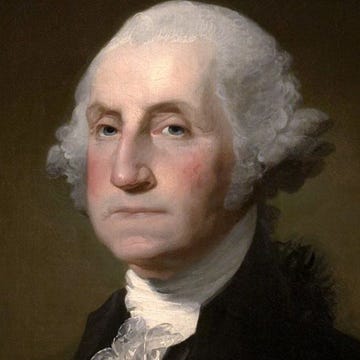


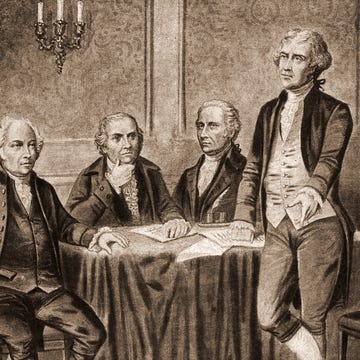
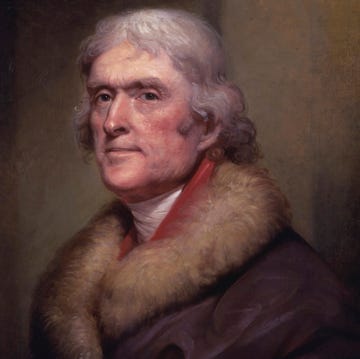


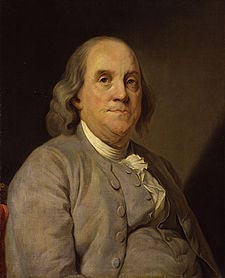

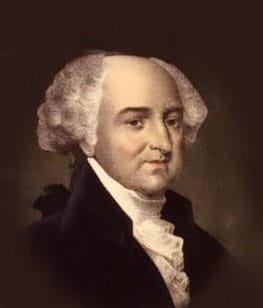

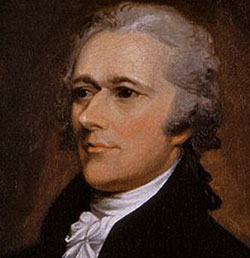

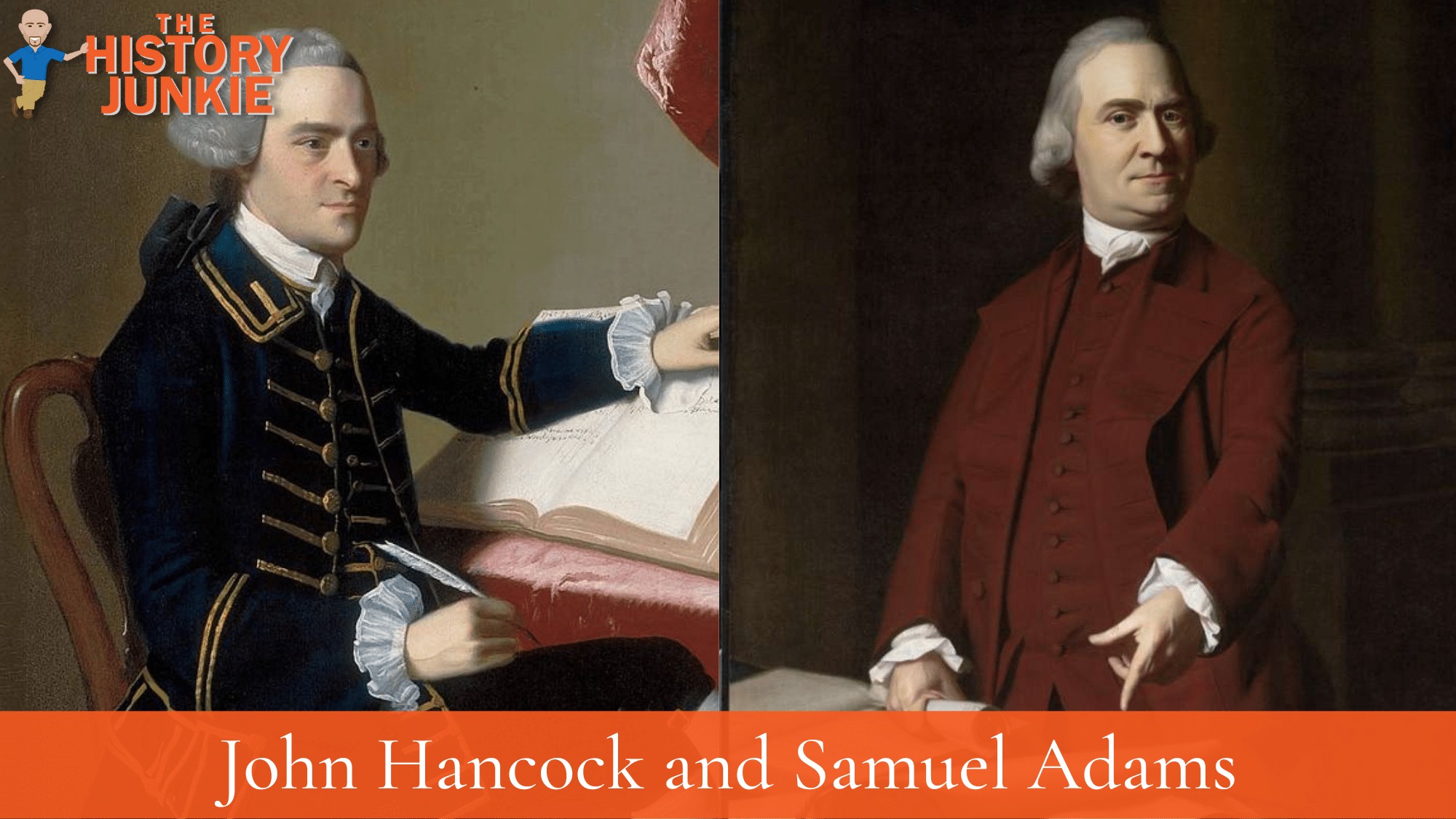





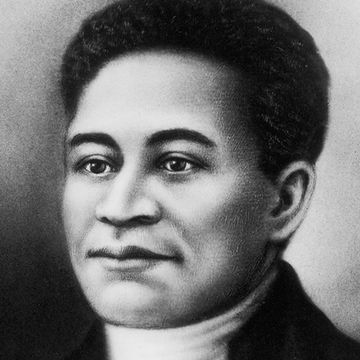
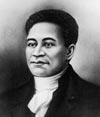




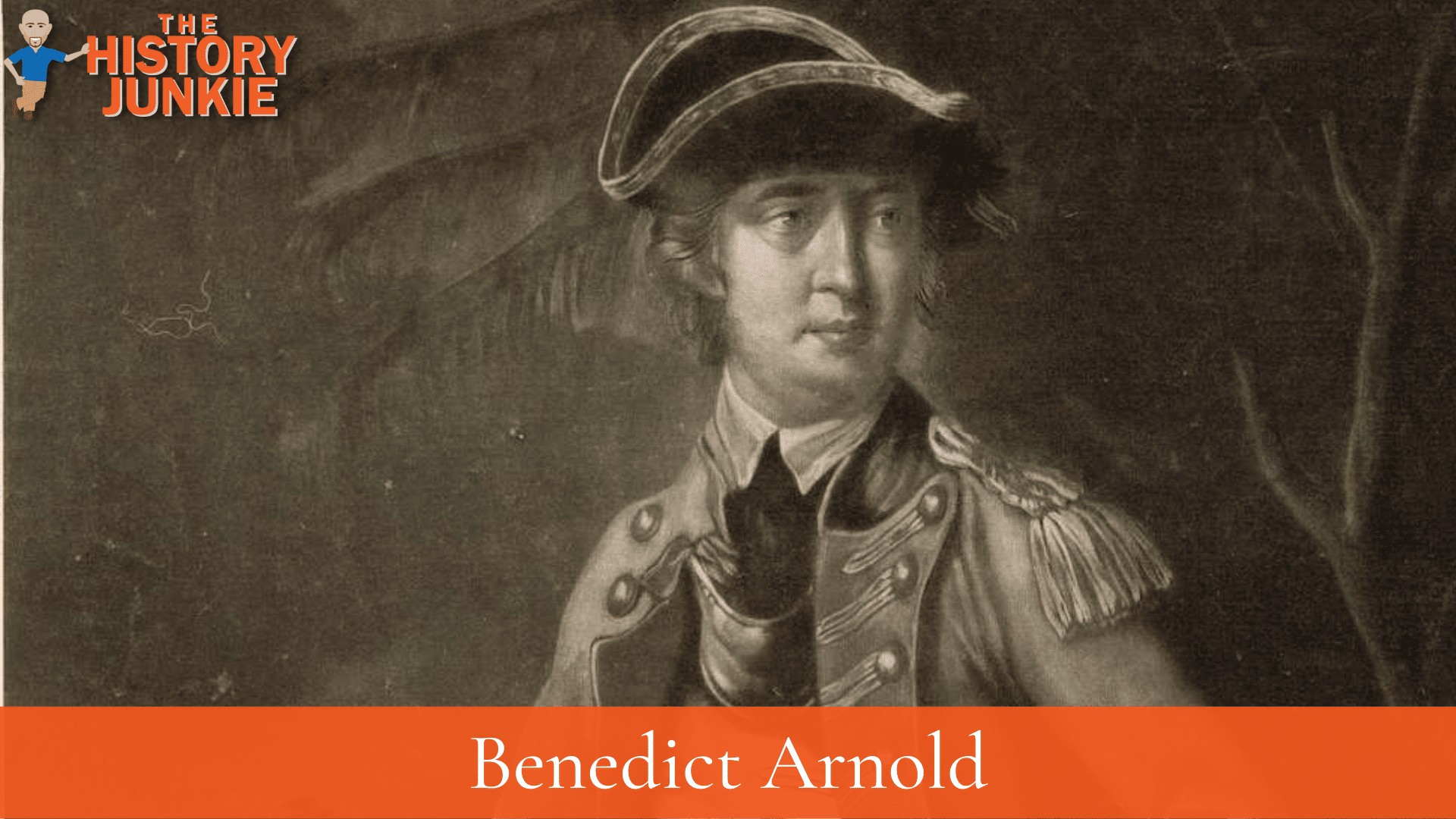

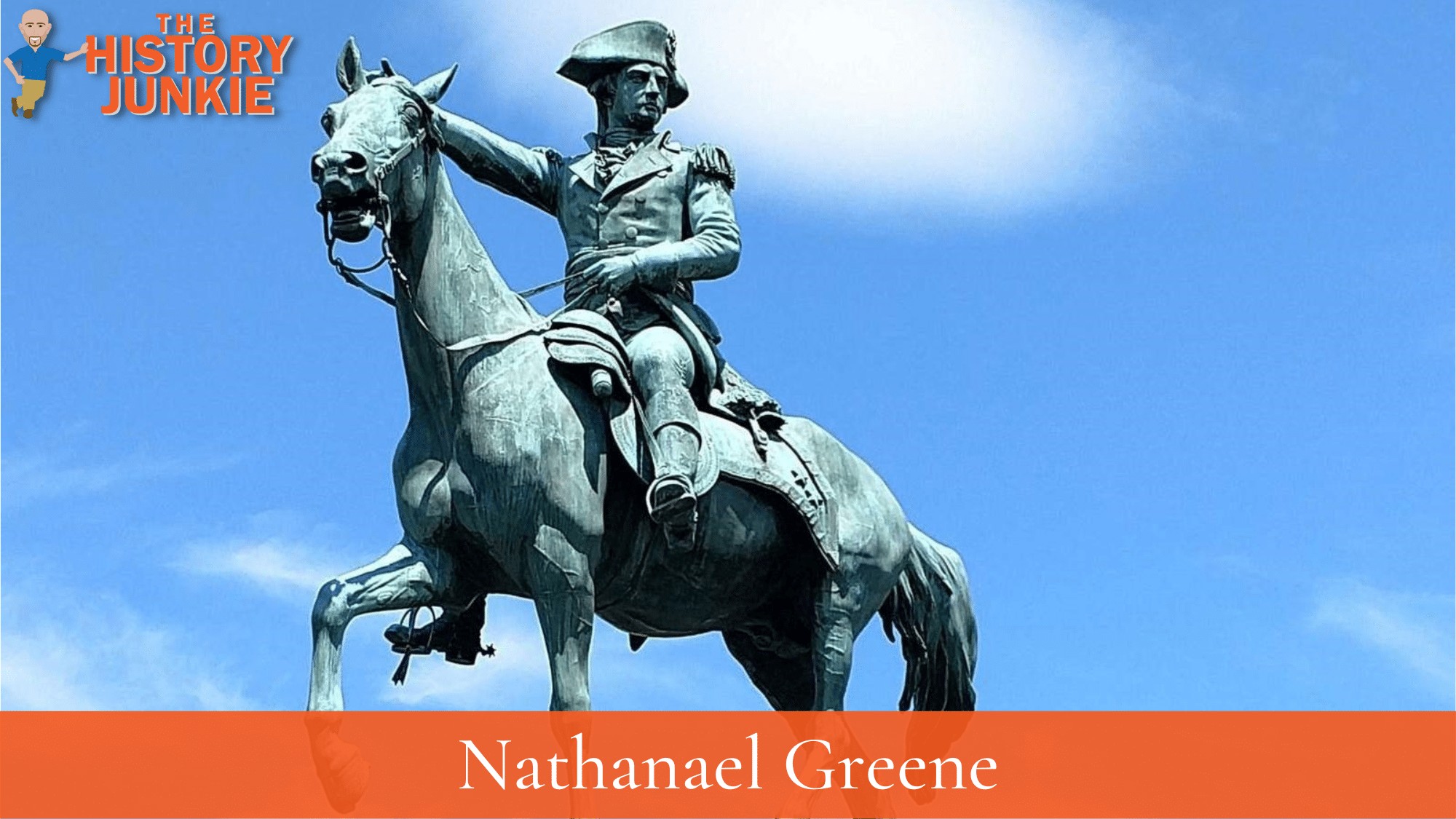
,-in-uniform-with.jpg)


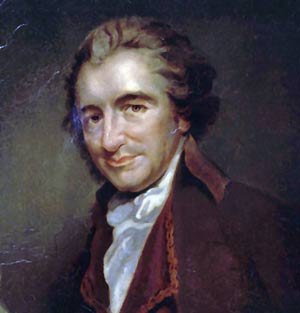



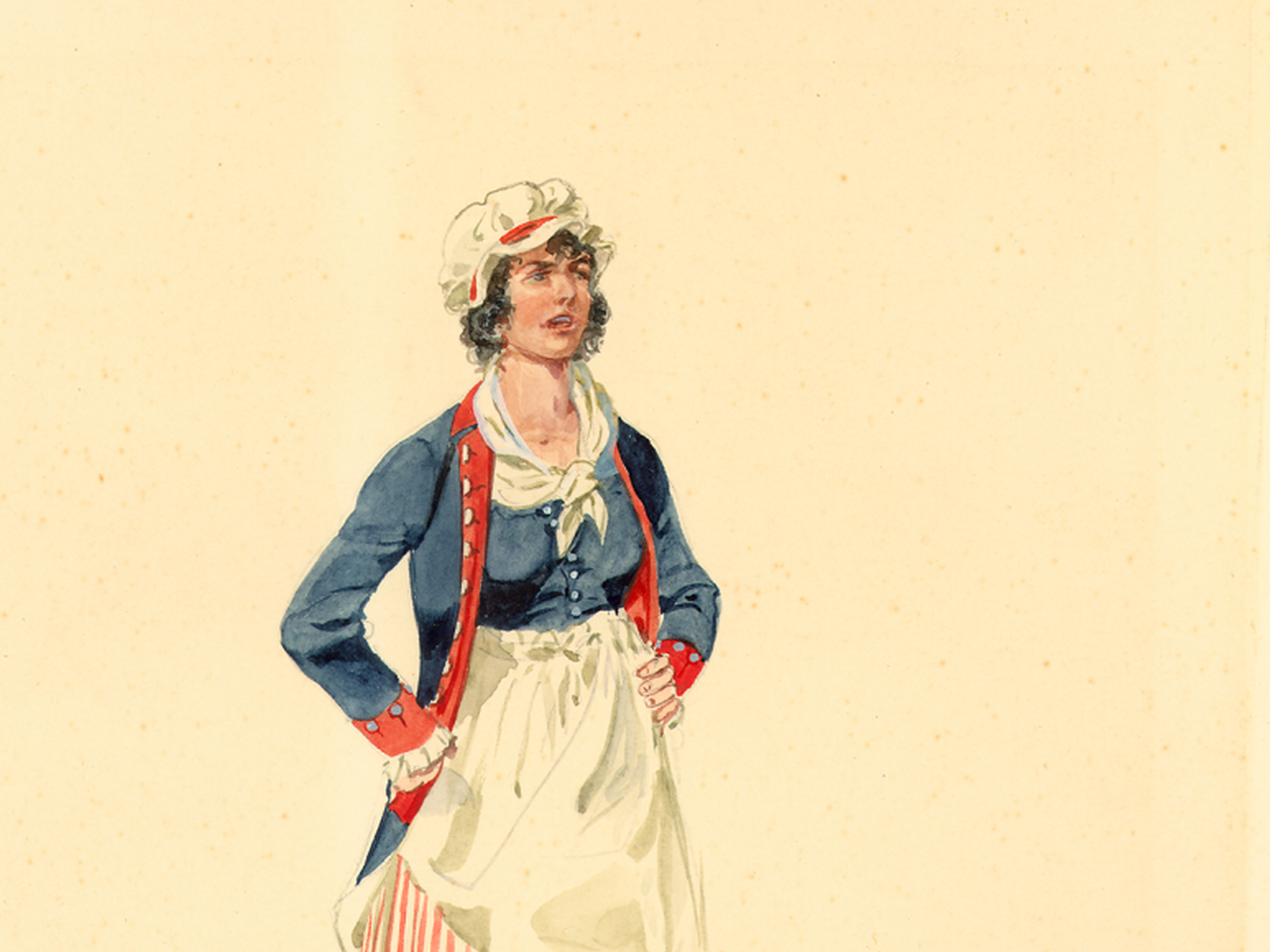
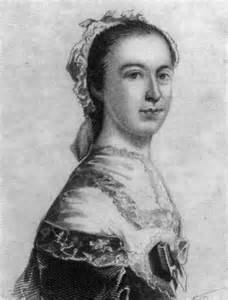

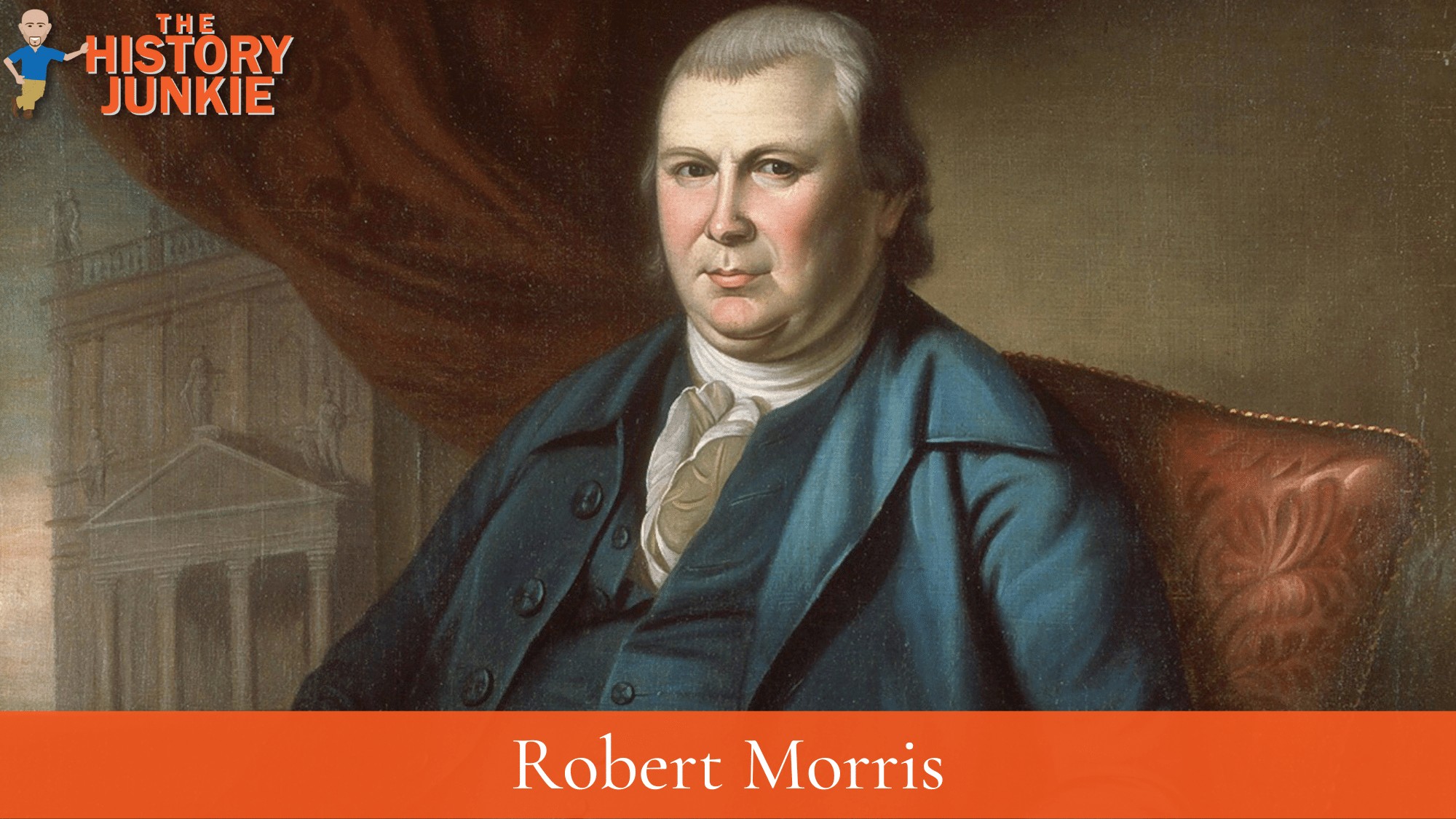






:max_bytes(150000):strip_icc()/18-9a170815a35b41ec9b0829a0a718ddf0.png)
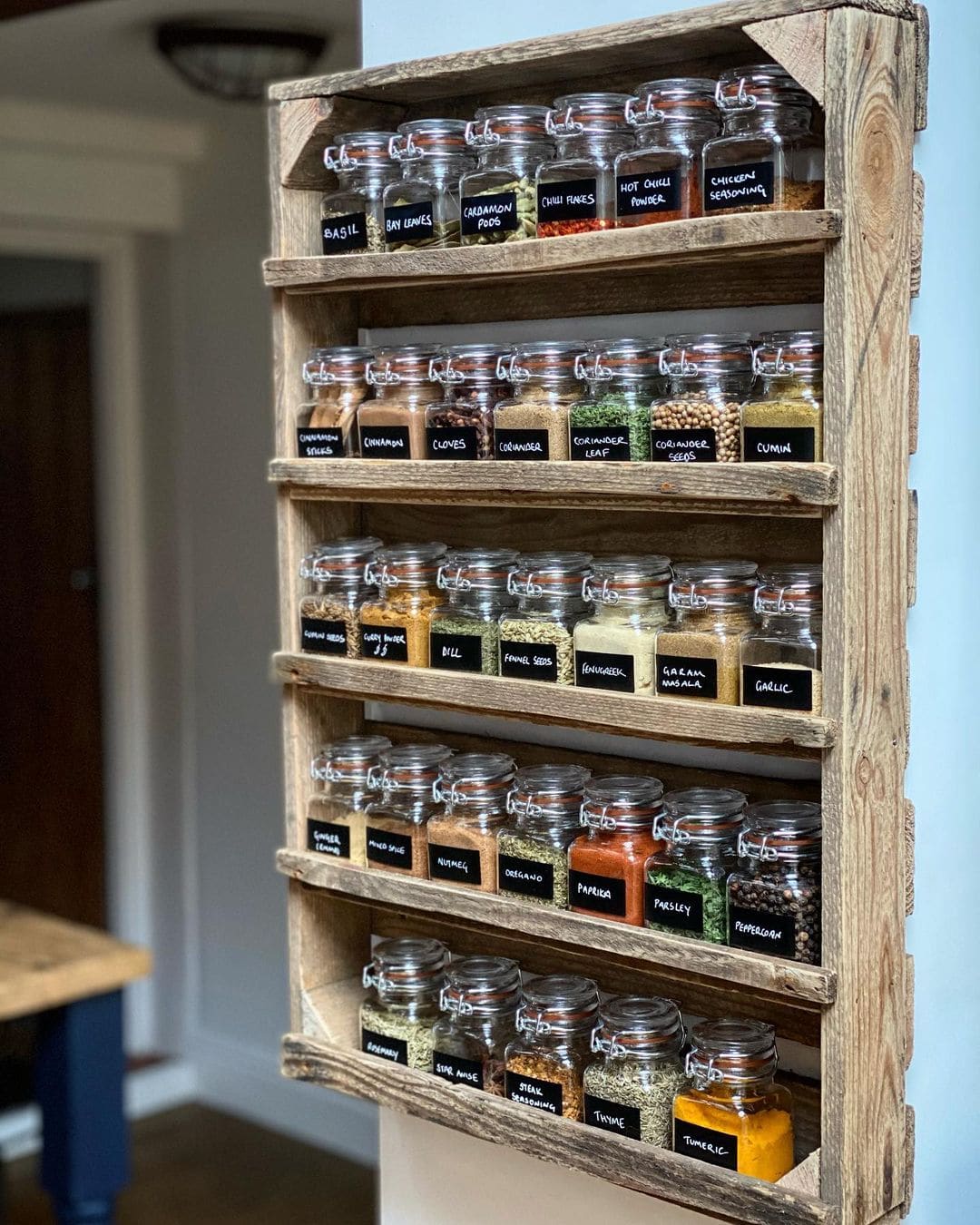
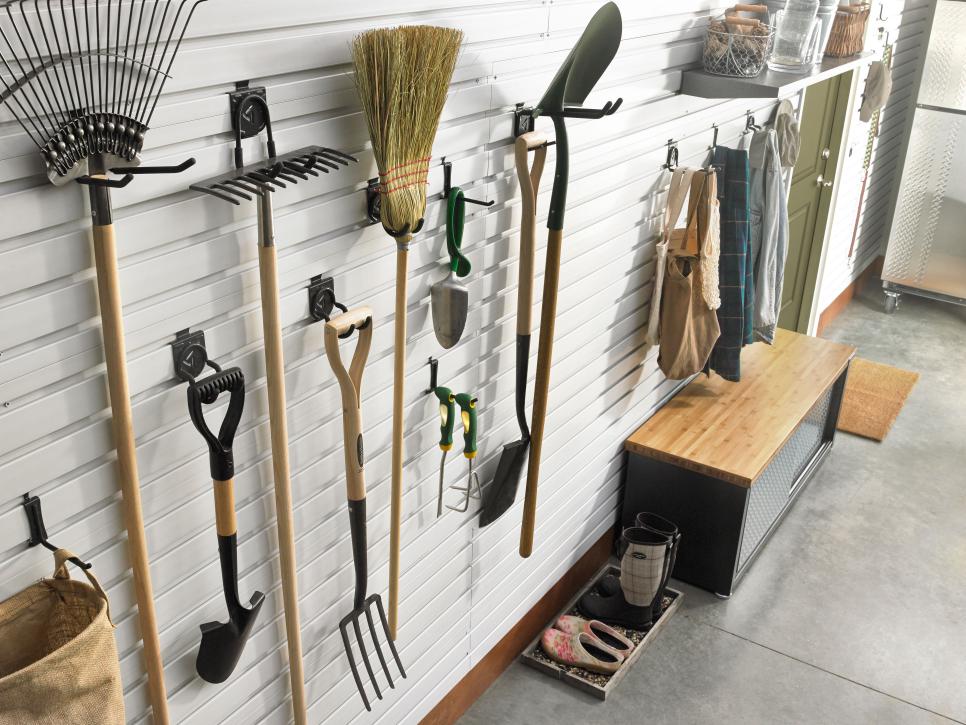
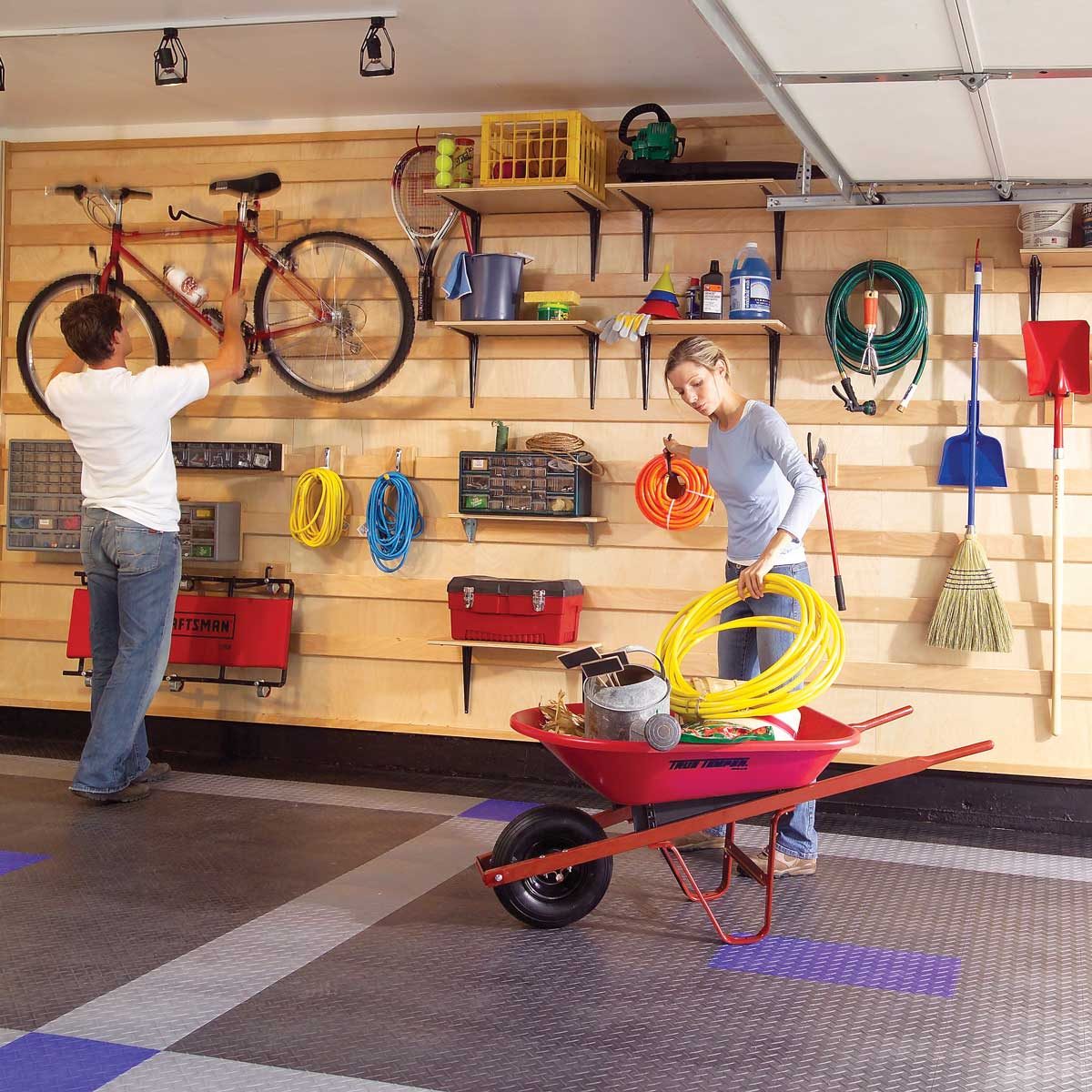

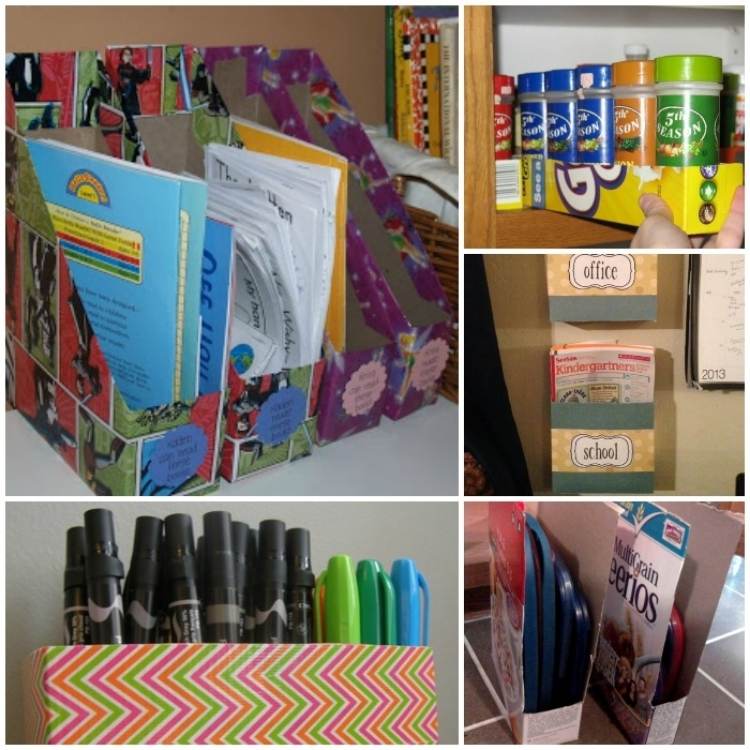


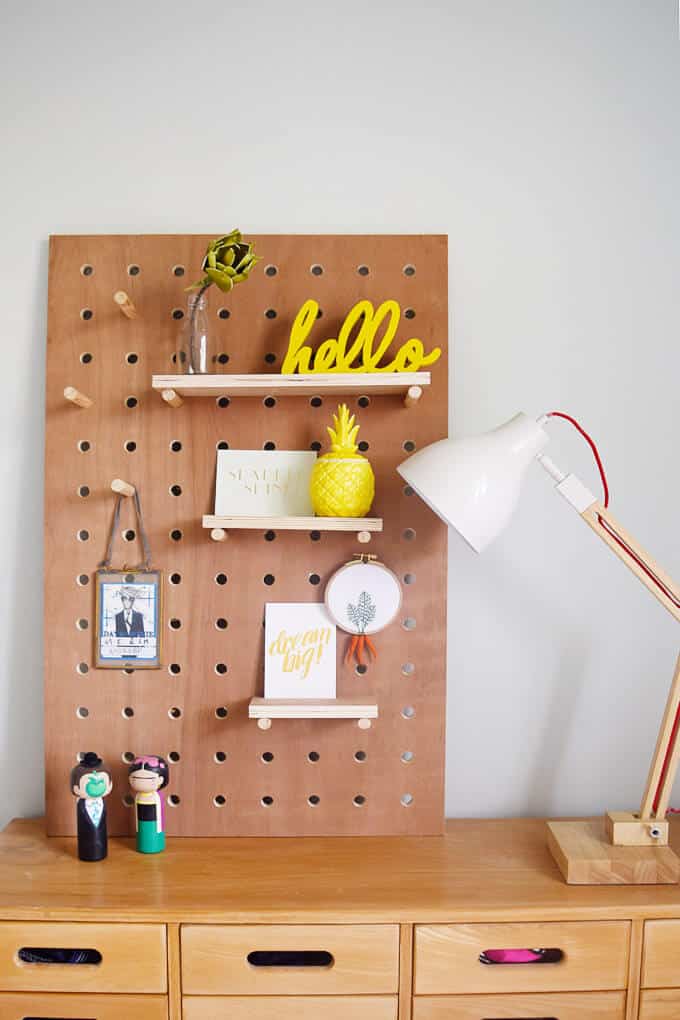







:max_bytes(150000):strip_icc()/Screenshot2022-08-30at5.50.04PM-97c9331cfeff483d8b11afabb43ad9ea.png)
:max_bytes(150000):strip_icc()/ScreenShot2022-08-30at4.43.18PM-acab2f252c2445aea7ca36857960aa96.png)













